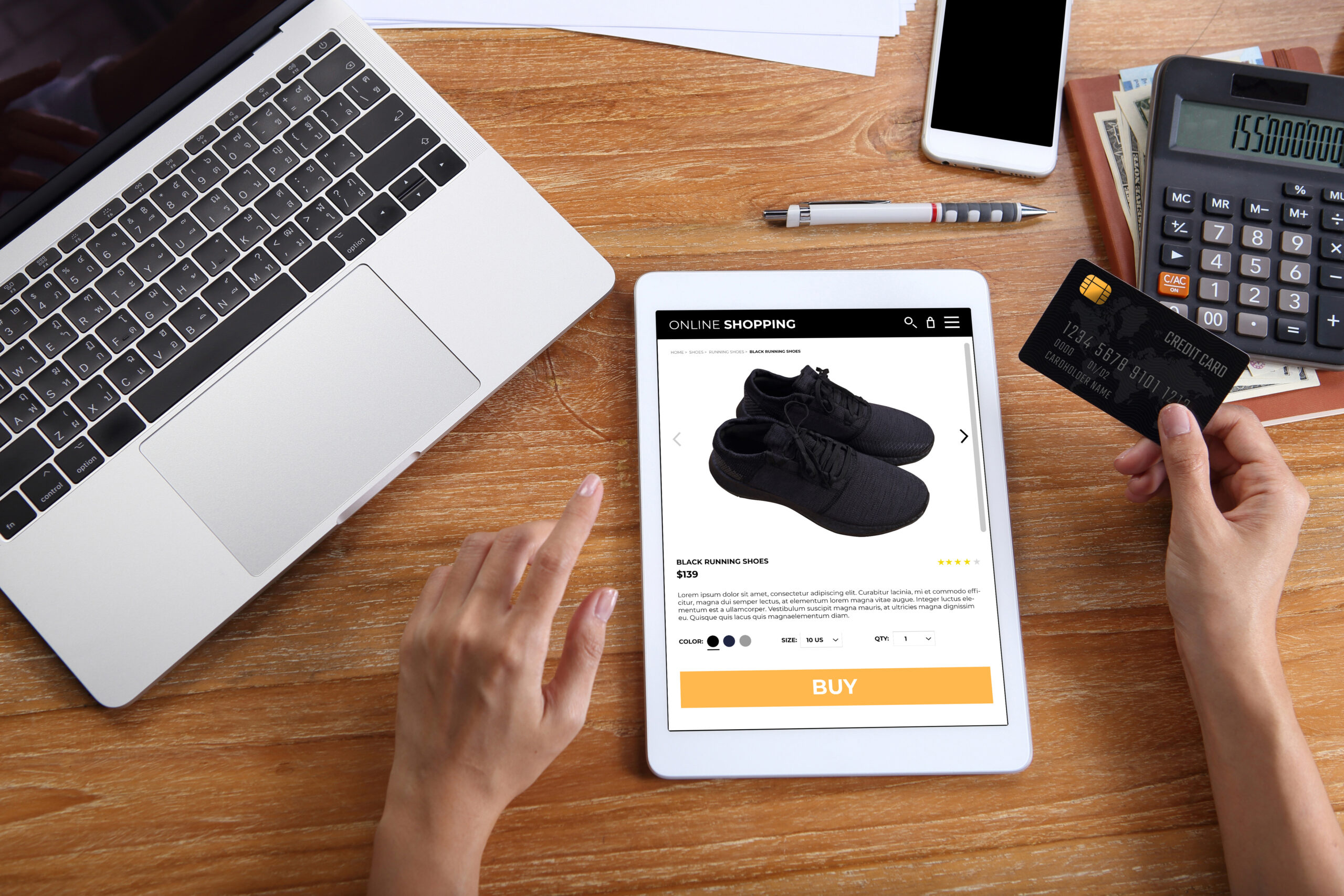
How Live Video Is Driving the Future of Marketing
Digital Marketing
Nov 28
 While you were busy blogging or producing a podcast, something amazing happened. Live video on social platforms ERUPTED! Users now have countless ways to produce and consume live video, and the popularity of this media format has grown exponentially. How did this growth happen so quickly? In a nutshell, it comes down to the overall evolution of the social side of the internet and the ease and convenience of video tools in the hands of everyday people.
While you were busy blogging or producing a podcast, something amazing happened. Live video on social platforms ERUPTED! Users now have countless ways to produce and consume live video, and the popularity of this media format has grown exponentially. How did this growth happen so quickly? In a nutshell, it comes down to the overall evolution of the social side of the internet and the ease and convenience of video tools in the hands of everyday people.
The numbers are astounding. Nearly three-fourths of all Americans own a smartphone, according to Pew Research. By next year, Statista notes, there will be an estimated 2.6 billion smartphone users across the world.
In addition to increased viewership of live video, the tools to create video have become super simple to use. Instagram, Facebook, Periscope, Blab, Snapchat, and YouTube have all made video broadcasting and social sharing part of the internet du jour by developing a streamlined, intuitive process for individuals, groups, brands, and influencers to create and share their own content.
Combine these easy-to-use tools with growing consumer demand for live content that is authentic, dynamic, and direct, and it results in an explosion in live video’s popularity.
Credit Facebook Live
Credit Facebook’s introduction of Facebook Live earlier this year with bringing live video to the forefront of mainstream attention. The ability to share live video was already available on YouTube, Periscope, Snapchat, Vine, and other platforms, but Facebook’s market penetration, audience size, and overall reach brought live video to the masses. Video’s growth on Facebook was highlighted again in June, when a Facebook executive predicted that live video posts on Facebook would lead to a decline in the amount of text updates from users.
Innovation has continued since Facebook Live’s introduction. There is now a Facebook Live video map that shows where live videos on the platform are originating from in real time. This feature is similar to how Periscope allows users to virtually “travel the world” to find different live videos. There’s more: Facebook just announced the availability of an API to help developers and publishers create continuous live-video streams. As a result, marketers and publishers can now create non-stop, real-time streams of elements like their company’s production lines, travel destinations, and more.
Using Video for Business
Businesses can use live video in a multitude of ways. Brands, influencers, and corporations are using live video to make news announcements, launch new products, show behind-the-scenes activities at large events, or lend humanity to a brand or product. Capturing the attention of consumers and their wallets is a big reason why marketers are doubling down on using live video in the imminent future of marketing.
Specifically, companies can use live-video broadcasts to:
• Give fans or followers behind-the-scenes looks at the company’s staff, products, and charitable efforts. Here’s an example of one of the Kentucky Derby horses getting a wash down.
• Hold Q & As with different audiences in multiple locations. This example features budding musicians interacting with their fans.
• Launch a new promotional campaign
• Release news announcements directly to fans and followers
The Future of Marketing
Marketers want to get on board with live video, but their numbers are still lagging behind the innovation in the field. According to a panel on live video at Social Media Marketing World 2016:
• 14 percent of marketers currently use live video
• 73 percent of marketers want to boost their use of live video this year
• 21 percent of marketers claim that live video is the single most important form of content marketing
• 50 percent of marketers want to know more about live video
• 90 percent of marketers say that social media helps to increase brand exposure
These numbers will no doubt grow in the coming years as marketers hire more content production staffers and explore new ways to use live video to connect with customers.
Examples of Live Video
The successful use of live video happens daily. Here are a few examples of best practices from the field:
• Facebook CEO Mark Zuckerberg held a Facebook Live session with NASA astronauts in June, taking web connectivity to new heights and demonstrating Facebook’s technical expertise with live video.
• McDonald’s used National Hamburger Day to experiment with Facebook Live. The company created a live-video experience to get across the idea that McDonald’s hamburgers are made 100 percent fresh every day. The chain also used live video to introduce an artist character who was painting landscapes of hamburgers. The live video drew some 1.1 million viewers.
To make live video work, marketers should heed these tips for creating live video:
• Choose the right platform and video tools (e.g., Instagram, Facebook Live, Snapchat, etc.) for your needs
• Promote live-video streams in advance on social sites, websites, and other avenues
• Create engagement on social feeds with a detailed action plan
• Use a call to action during the course of your video to drive viewers to a destination
• Put the video on a long-term viewing platform (i.e., YouTube) after completion
For marketers, the only limits to live-video creations are budget and imagination. Creative content is no longer tied to a studio environment – the world is your studio. People love to see live video, Facebook is placing more emphasis on live videos in users’ feeds, and the level of viewer engagement with live video helps to increase social shares. It’s time to move toward the new future of live-video marketing.





